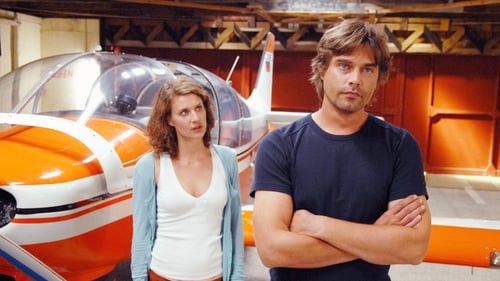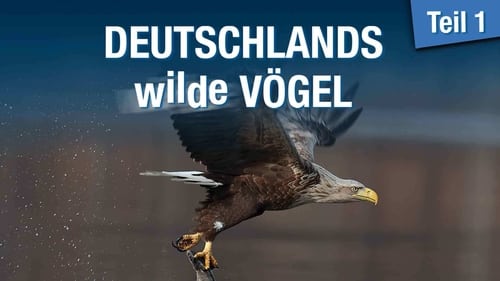The Great Blue Heron (1979)
Genre : Documentary
Runtime : 44M
Director : Jean-Louis Frund
Synopsis
This film documents the yearly cycle of the great blue heron, its migration from Central America and the West Indies to the St. Lawrence River in Québec, and the breeding and rearing of its young. Outstanding footage shot by the filmmaker perched high in a tree affords close-ups of the birds' intricate courtship rituals. A sensitive, beautifully photographed nature film with much to tell us of ecology and wildlife.
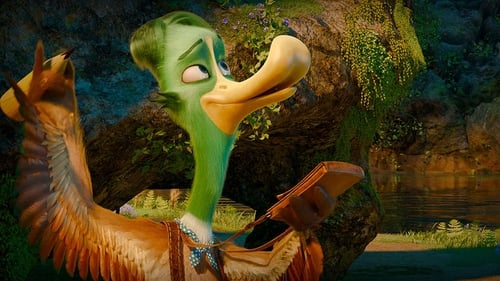
Many years ago, on a faraway island, there lived a Sun Duck who protected his flock from evil powers. The Sun Duck had his loyal guardians who made sure the Sun evenly spread its energy on their flourishing land. The bliss continued until an Evil Witch learned of the Sun Duck's superpowers. She seized the guardians and stole the Sun Duck away for the only sake every living woman would understand: eternal youth and mesmerizing beauty. Today, nobody believes in old legends. Mandarin ducks peacefully reside on their island and abide by the law that prescribes "no flying on the island" and "never leave the island". The Emperor is the only one who knows that the legend is true and that the next generation Sun Duck has been born. He keeps it in strict secrecy, but the Witch also knows that the legend is true and she is coming back for her next victim.
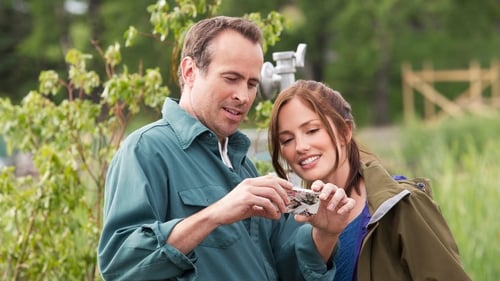
Jack Peterson, a widowed father of three young children, encounters Ginny Newsom, a wildlife biologist, whose mission is tracking trumpeter swans, a family of which settle in a pond on the Peterson farm. Could that be romance in the air?
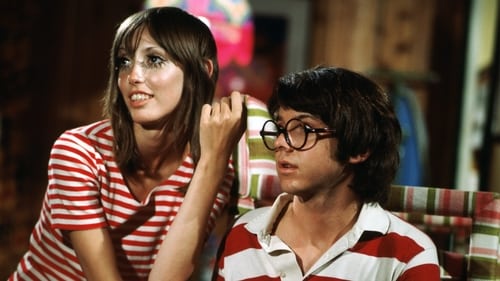
Brewster is an owlish, intellectual boy who lives in a fallout shelter of the Houston Astrodome. He has a dream: to take flight within the confines of the stadium. Brewster tells those he trusts of his dream, but displays a unique way of treating others who do not fit within his plans.

When her boyfriend Ben suddenly dies in an accident, mother-to-be Charlotte collapses upon receiving the news. She wakes up in Ben’s family home, a crumbling old manor house in the middle of nowhere with Ben’s overbearing mother and his controlling stepbrother who are determined to care for her. Grief-stricken and increasingly haunted by visions possibly brought on by the pregnancy, Charlotte begins to doubt the family's intentions and her suspicions grow that they may be trying to control her and her unborn baby.

Tito is a shy 10-year-old boy who lives with his mother. Suddenly, an unusual epidemic starts to spread, making people sick whenever they get scared. Tito quickly discovers that the cure is somehow related to his missing father’s research on bird song. He embarks on a journey to save the world from the epidemic with his friends. Tito’s search for the antidote becomes a quest for his missing father and for his own identity.
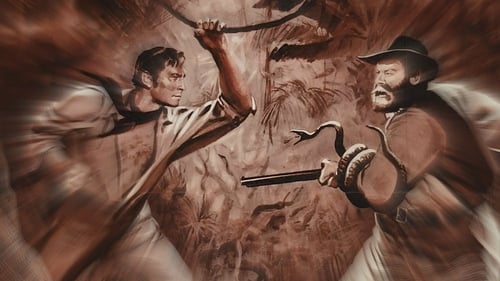
An ornithologist battles a family of bird poachers in the Florida Everglades.

To the tune "I Would Like to Be a Bird," a young mouse fashions wings from a pair of leaves, to the great amusement of his brothers when his attempts to use them fail. When the butterfly he rescues from a spider proves to be a fairy, he wishes for wings. But his bat-like appearance doesn't fit in with either the birds or the other mice, and he finds himself friendless; even the bats make fun of him. Written by Jon Reeves

An anonymous narrator outlines a bizarre journey taken through "H", aided by a series of extraordinary maps, and his previous dealings with the mysterious Tulse Luper and the keeper of the bird house at the Amsterdam Zoo.

Water Birds is a 1952 short documentary film directed by Ben Sharpsteen. The film delves into the still waters of lagoons and marshes to the wild blue wilderness of the vast oceans, to experience the beauty and variety of their majestic birds, each perfectly designed for its habitat. It won the Oscar for Best Short Subject, Two-Reel.

This film documents the yearly cycle of the great blue heron, its migration from Central America and the West Indies to the St. Lawrence River in Québec, and the breeding and rearing of its young. Outstanding footage shot by the filmmaker perched high in a tree affords close-ups of the birds' intricate courtship rituals. A sensitive, beautifully photographed nature film with much to tell us of ecology and wildlife.
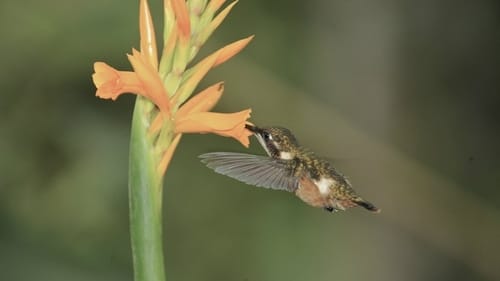
David Attenborough narrates this close up look at these tiny pollinators captured in flight as never before. Acrobats of the air - flying jewels - iridescent partners of countless plants: hummingbirds are amongst the most remarkable creatures on our planet.

After being hunted to near-extinction, the last male Eskimo curlew searches for a mate while making the annual migration from the arctic tundra to the nesting grounds in Argentina.

Two duelling birds get the urge to change their plumage. A blue jay wants to be decked out in the green of cedar, and a loon dons the burnished red of oak leaves, but neither bird foresees the consequences of vanity.
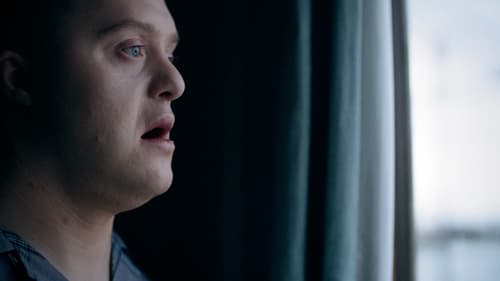
Tom is anxious, he holds a secret in his human heart, a wing beat and a flutter and its bursting to take flight.

It's St. Valentine's Day. Cupid is having fun arranging, while a young devil is making mischief sabotaging, love affairs.

A greedy little blue jay carries away whatever his beak can grasp. Berries, birds' eggs (nests and all), and even the sun in the sky go into his secret cache.

El Mono relojero is a 1938 Argentine animated short film directed by Quirino Cristiani. It is the only film from this director that exists up to this day, since all his other productions (including the first two animated feature films, El Apóstol (1917) and Sin dejar rastros (1918), as well as the first animated film with sound, Peludópolis (1931)) were lost in a series of fires at the facilities where the negatives and copies were stored.

A small curious bird tries to impress a new friend.













